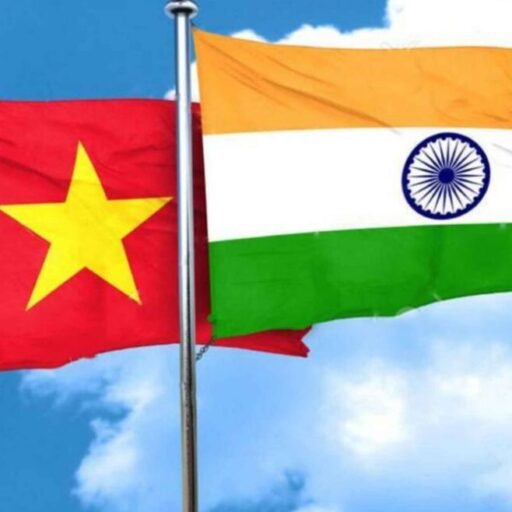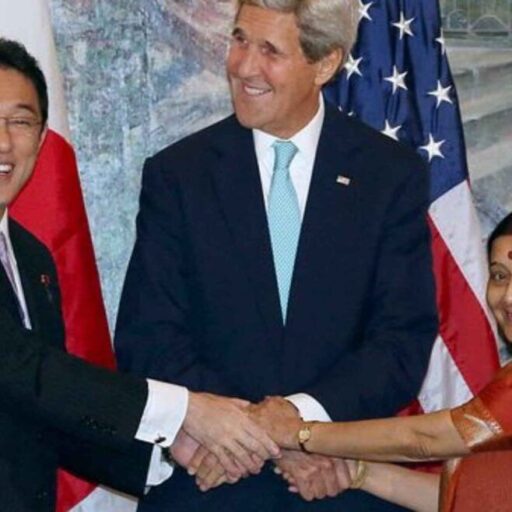The Himalayas are witnessing an asymmetric contest. In such a contest, it is likely that the dominant power will emerge victorious. Alternatively, the smaller power may prevail by inflicting pain on its adversary using guerrilla tactics and insurgency. While the India-China dynamic is defined by asymmetry, the above presumptions are not applicable. The Chinese military is superior to India, and yet, there is a perception that, in a short war, India may have a fighting chance to give as good as it gets. If the war becomes long-drawn, it will dent China’s image as an emerged superpower. On the other hand, it is unlikely that India has the capability or the desire to inflict pain on China by fomenting a full-scale insurgency in Tibet and Xinjiang. Given such a complex asymmetry, the bigger power, China, is either waiting for an opportune moment to scale up the gains made in Ladakh or is seeking to consolidate existing gains. The challenge for India, therefore, is to attempt to restore the status quo ante by operationalising risk-taking tactics, such as demonstrating an appetite for a wider conflict.




